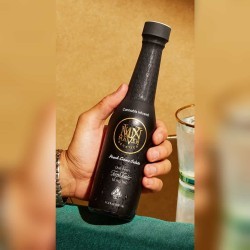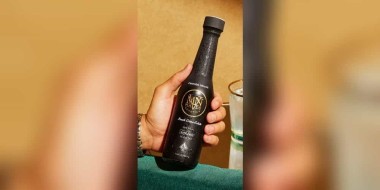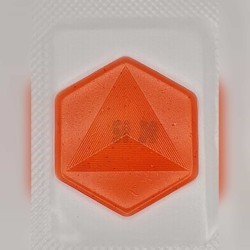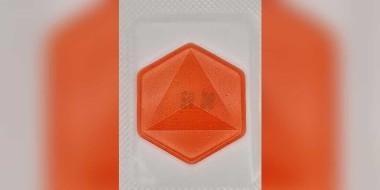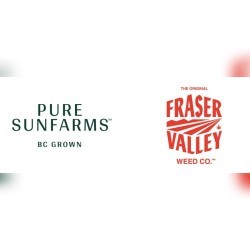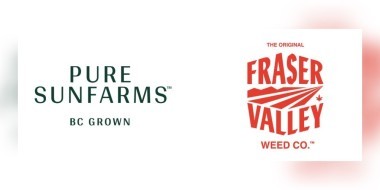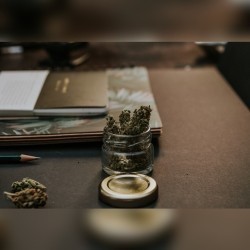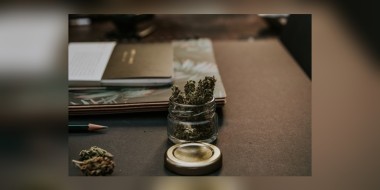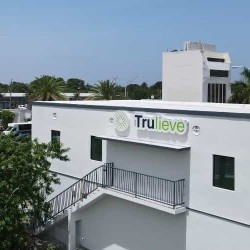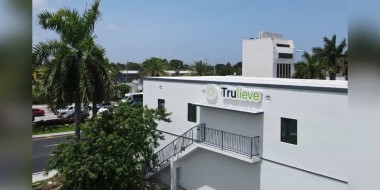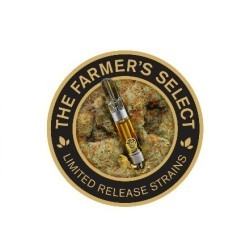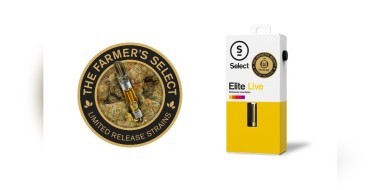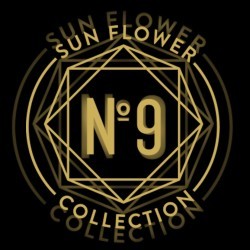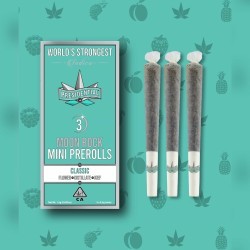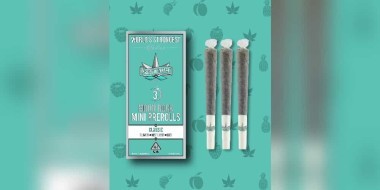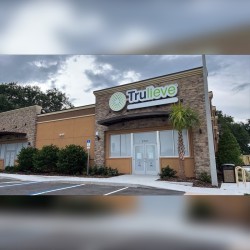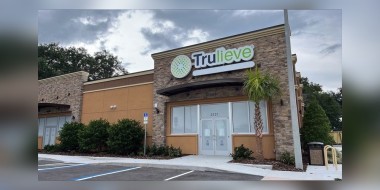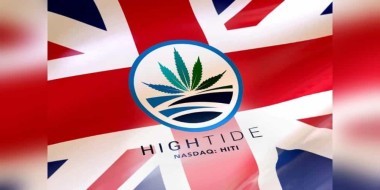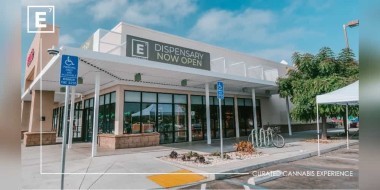Hemp Cultivation
With a wide variety of uses - from rope and clothing fiber to cannabidiol dietary supplements - hemp cultivation and production is exploding in popularity. It’s cultivated around the world, with a particularly strong market in the United States and Canada. It’s grown indoors and outdoors and cultivators use a range of strategies and techniques for growing the plant.
To grow hemp legally in most jurisdictions, one must be cognizant of the THC content of the hemp plant flower. In the United States, for example, hemp products and plants may not contain more than 0.3% of THC, the popular intoxicant that leads to the “high” associated with cannabis use. This limit was set by the 2018 US Farm Bill.
Hemp Plant Flower and Oil
The hemp plant flower, sometimes called the “bud,” is where the bulk of the THC and other cannabinoids would normally be in a cannabis plant. But, since we’re talking about hemp - which, by definition has 0.3% or less THC - the flower is not sought after as an intoxicant. Instead, it is sometimes harvested with the intention of extracting CBD, or cannabidiol.
Similarly, hemp oil is sometimes extracted from the hemp seed. It’s used in dietary supplements, due to its high concentrations of omega-3 and omega-6 fatty acids, for example. Hemp cultivation equipment is used to extract the hemp seed oil or the natural oils from the hemp plant flower. The resulting extract is then purified, packed, and shipped to the consumer.
